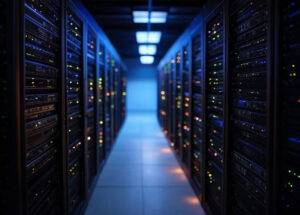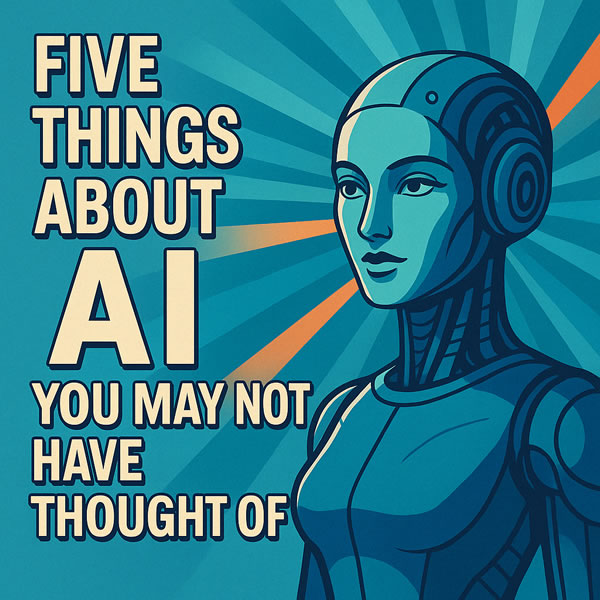 In the digital age, data is the new electricity—and data centers are the power plants. They are the backbone of our connected world, housing the infrastructure that supports websites, cloud services, business systems, financial networks, streaming platforms, and more. But what exactly is a data center, and what goes into making it secure, reliable, and efficient? This guide offers a high-level overview of the core principles and components that define modern data centers.
In the digital age, data is the new electricity—and data centers are the power plants. They are the backbone of our connected world, housing the infrastructure that supports websites, cloud services, business systems, financial networks, streaming platforms, and more. But what exactly is a data center, and what goes into making it secure, reliable, and efficient? This guide offers a high-level overview of the core principles and components that define modern data centers.
What Is a Data Center?
A data center is a specialized facility designed to house computer systems and associated components such as servers, storage systems, and networking equipment. While the size and complexity of data centers vary—from small server rooms to sprawling hyperscale facilities—they all serve the same essential purpose: to provide a controlled environment where critical IT systems can operate continuously, securely, and efficiently.
The Physical Structure
At its core, a data center is a building—or series of interconnected buildings—engineered for resilience. These facilities are often constructed with reinforced materials and located away from flood zones, fault lines, and other natural hazards. Their layout is designed for modular scalability, with rows of server racks organized for optimal airflow and maintenance access.
Power Infrastructure
Uninterruptible power is non-negotiable in a data center. These facilities are typically connected to multiple power grids and equipped with:
- Redundant Power Feeds: Dual feeds from separate substations help ensure continuity.
- Uninterruptible Power Supplies (UPS): These battery systems provide instant backup in case of a power dip or outage.
- Diesel Generators: In the event of a prolonged outage, generators can power the entire facility for hours or days.
- Power Distribution Units (PDUs): These manage and monitor power usage within server racks.
HVAC: Heating, Ventilation, and Cooling
Heat is one of the greatest enemies of computing equipment. Data centers rely on robust HVAC systems to regulate temperature and humidity, which are critical to maintaining hardware performance and longevity.
Common cooling solutions include:
- Chilled water systems
- In-row cooling
- Hot aisle/cold aisle containment
- Raised floor ventilation
Energy efficiency is a constant goal, measured by a metric called Power Usage Effectiveness (PUE). The closer a data center’s PUE is to 1.0, the more efficient it is.
Fire Suppression Systems
Traditional sprinkler systems are not ideal in environments filled with sensitive electronics. Instead, data centers often use:
- Inert gas systems (e.g., FM-200, NOVEC 1230) that suppress fire without water
- Early-warning smoke detection systems that can sense particulates before a fire ignites
These systems are designed to protect equipment without causing additional damage during an emergency.
Physical and Digital Security
Data centers are among the most secure buildings in the world. They employ a combination of:
- Biometric access controls
- 24/7 on-site security personnel
- Surveillance systems with facial recognition and license plate capture
- Mantraps (secure double-door entryways)
From a cybersecurity perspective, data centers are equipped with firewalls, intrusion detection systems, and physical air gaps where needed. Clients’ data is typically separated using virtual LANs or segmentation within the network to maintain confidentiality.
Redundancy and Reliability
Redundancy is built into nearly every aspect of a modern data center:
- Multiple power and cooling paths
- Network carrier diversity
- RAID storage configurations and data replication
These layers of redundancy help data centers achieve high uptime SLAs (Service Level Agreements), often guaranteeing 99.99% or even 99.999% availability—also known as “four nines” or “five nines” reliability.
Data Traffic and Network Infrastructure
Connectivity is one of the most critical features of a data center. High-performance network infrastructure includes:
- Redundant fiber connections to multiple ISPs
- Edge routing equipment and firewalls
- Load balancers and SDN (Software-Defined Networking)
- Peering arrangements with content delivery networks (CDNs)
These systems ensure high-speed data transmission, minimal latency, and efficient routing—even during peak loads.
Tier Ratings and Certifications
Data centers are often classified by Uptime Institute’s Tier system, which ranges from Tier I (basic) to Tier IV (fault-tolerant). Each tier represents increasing levels of redundancy and fault tolerance:
- Tier I: Single path for power and cooling, no redundancy
- Tier II: Redundant capacity components
- Tier III: Multiple power and cooling paths, but only one active at a time
- Tier IV: Fully fault-tolerant with multiple active paths and compartmentalization
Additionally, certifications like SOC 2, ISO 27001, and HIPAA compliance further validate a data center’s security posture.
Colocation, Cloud, and Hyperscale
There are several models of data center usage:
- Colocation: Clients lease space, power, and bandwidth to host their own servers.
- Cloud Providers: Companies like AWS, Microsoft Azure, and Google Cloud offer virtual infrastructure within massive data centers.
- Hyperscale: These are ultra-large data centers built by cloud providers to support millions of virtual servers.
Each model serves different business needs depending on control, scalability, and cost considerations.
Final Thoughts
Data centers are far more than server warehouses—they are highly engineered environments optimized for security, stability, and performance. Understanding their core systems helps demystify the backbone of modern computing. Whether you’re building a website, running enterprise software, or streaming a movie, a data center is working behind the scenes to keep everything running.
As our world becomes more digital and data-reliant, the importance of robust, secure, and sustainable data centers will only continue to grow.



